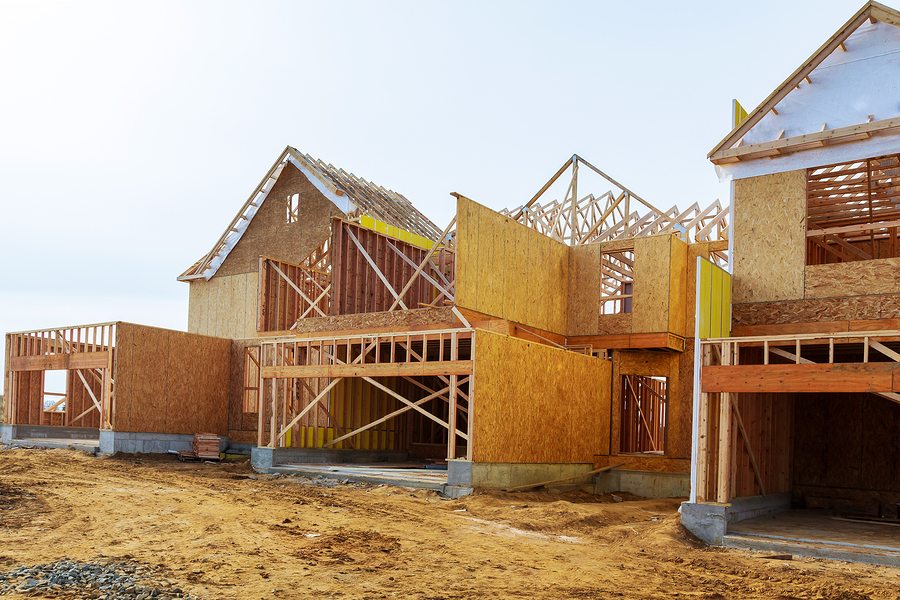It is important to assess the risks associated with construction projects before looking for insurance. The policy limits and terms in your insurance need to suit to your construction project and must be able to cover any losses you may incur. Construction projects are inherently risky operations, meaning that selecting the right insurance is particularly crucial to a project’s long-term survival.
First of all, let’s look at some of the most common types of construction insurance coverage.
1. Commercial General Liability coverage
When it comes to construction projects, CGL (Commercial General Liability) is the most common form of insurance policy. Standard CGL policies insure commercial enterprises against property damage and bodily injury, with these terms being greater defined in the policy documentation. You should bear in mind, however, that a CGL policy does not cover the cost of repairing defective work; it only covers the damage which results from said defective work. Repair claims usually differ from contract to contract, so it is crucial to pay close attention to the warranty and indemnification processes outlined in the policy.
2. “Umbrella” policies
Umbrella policies are most often useful for large contractors who run large-scale construction projects. An umbrella policy will normally come in addition to a CGL policy, as CGL policies have limits which may not cover all the liabilities at stake. An Umbrella policy allows the contractor to “fill in” this gap, as it were.
3. “Builder’s Risk” policies
This type of coverage protects specific builders from specific workplace dangers that they face regularly. These policies usually require the owner, the subcontractors and the general contractors to be named. Builder’s risk policies can cover the structure itself, as well as the materials involved. Builder’s risk policies usually have terms of duration strictly outlined, and usually cover you in the event of things such as wind, fire, lightning, theft, explosions, vandalism, and much more. Common exclusions from these policies include employee theft, earthquakes, flood damage, government action, wars, damages due to mechanical equipment breakdown, and much more. As with any insurance policy, be sure to read the fine print and find out what you are (and are not) covered for.
4. Professional Liability Coverage
Construction projects involving design usually see most of the professional liability lying with the design professional. As the industry changes, however, increasing amounts of contractors are working as designers and builders too, meaning that they assume the responsibility both for the design and the liability exposures too. People who work in this capacity will often purchase a PLC policy, as CGL is not designed to protect them in the same way.
5. Contractor’s Pollution Coverage policy
Pollution incidents are surprisingly common, and a Pollution Coverage policy provides coverage for third-party claims in the case of bodily injury or property damage. A Pollution Coverage policy may be especially useful if you’re involved in infrastructure, maintenance, demolition, HVAC services, carpentry, or any other similar field.
Advice for selecting a construction insurance carrier
Consider solvency when selecting an insurance carrier. What is their combined ratio? This combined ratio is the combination of the loss ratio and the expense ratio, and is said to indicate how well an insurance carrier is performing. The loss ratio is a measurement of the ratio of adjusting losses and costs against the number of premiums earned. On the other hand, the expense ratio is designed to measure the ratio of incurred business operation costs against written premiums.
If a company’s combined ratio is in excess of 100% for a year, then the insurance company has actually lost money during that period. The A.M Best Company rates insurance companies on a scale from A+ (excellent) to C (fair), taking their solvency into account. Try to aim for insurance carriers with A or A+ ratings!
Also consider whether the insurance carrier is admitted or non-admitted. Admitted carriers must comply with state’s Department of Insurance regulations, whereas non-admitted carriers are not required to comply with these regulations at all. This means that non-admitted carriers can be flexible with their rates, allowing them to provide insurance for higher-risk events which state-approved admitted carriers simply cannot be allowed to provide due to the financial implications.
What with the inevitable risks associated with construction projects, it is essential to acquire the right type of insurance that protects you, your employees, and your property from damages of all kinds. Bear in mind, nonetheless, to focus on what your policy DOES NOT cover, as these are the things which often catch contractors out, especially in high-risk environments such as construction sites.
Are you a contractor looking to find the best insurance policy for your needs? Get in touch for bespoke advice about construction insurance policies in your field and location.



